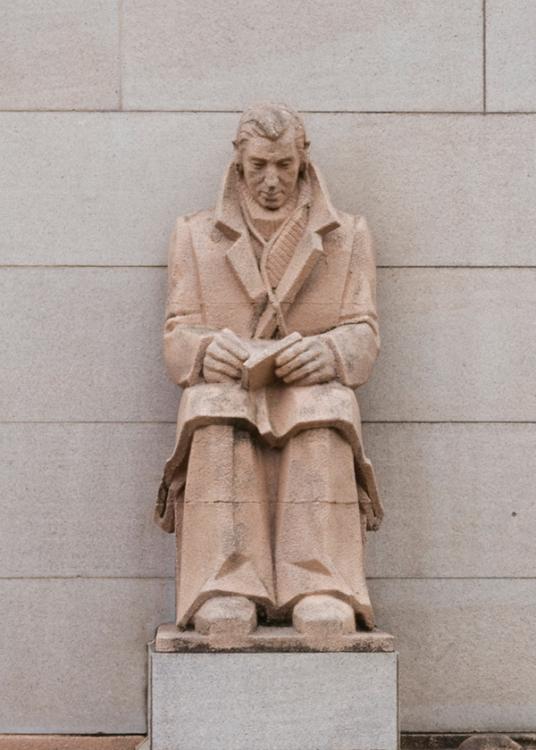Our naval wireless signaller wears a winter coat against the sea air
He receives messages in Morse code through his headset and notes them in his message log.
Technology had changed the nature of war at sea in just one generation. The ability to communicate with wireless was still not universally available to ships of the Royal Navy at the turn of the twentieth century. In the decade that preceded the Great War, however, every vessel acquired the ability to communicate with other ships of the fleet over the horizon. Wireless telegraphy meant that complex instructions and orders could be passed much more quickly and effectively from ship to ship or from ship to shore even if they could not see each other.
Explore naval wireless signaller 3D model
